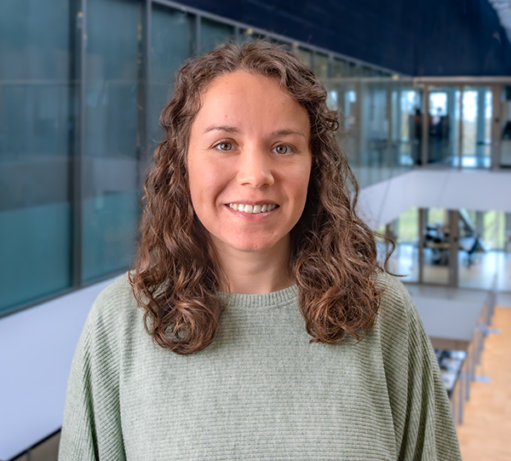Enhancing the Copernicus Sentinel-5 (S5) Mission with AI
As part of the OPERA S5 project, I am developing machine learning approaches to improve and accelerate the retrieval of greenhouse gas concentrations from high-resolution spectrometer measurements. A crucial step in this process is radiative transfer modeling, which simulates how light travels through the atmosphere and interacts with gases, aerosols, and clouds. These simulations allow us to interpret satellite measurements by linking observed spectra to the underlying atmospheric composition. However, traditional radiative transfer calculations are computationally expensive, making large-scale data processing challenging.
My current research therefore focuses on developing data-driven surrogate models that replace costly physical simulations with neural networks. Such surrogate models have the potential to significantly reduce computational demands and thus enable more efficient processing of satellite observations. Ultimately, this work aims to enhance our ability to accurately monitor greenhouse gas emissions and better understand their impact on Earth’s climate.



